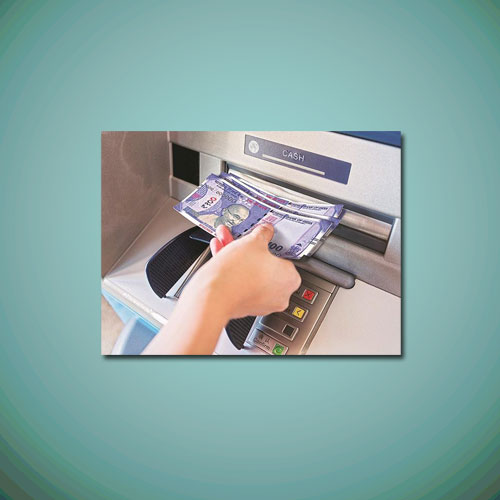Which type of Banknote transfers Covid-19 Faster?
2020-04-27 Mon
Covid-19 has sparked global panic. Central banks have cut interest rates to near zero, made billions available in liquidity, and urged markets to stay calm.So how much will cash usage, and the wider banknote industry, be impacted by coronavirus? Are polymer notes safer or paper (cotton) ones?
In 2015, scientists from the Institute of Genomics and Integrative Biology in New Delhi researched what particles of dirt were evident on different Indian rupee banknotes. The banknotes were collected from street vendors, grocery stores, and money exchanges. Their analysis revealed fungi (70%), bacterial populations (9%), and viruses (<1%) were evident on the banknotes. These were cotton substrate banknotes – known to harbor more bacteria than their polymer counterpoints because they absorb a larger amount of water. While still only minimal, the water allows the bacteria to survive for long on a banknote.
Once withdrawn from the bank, a banknote can pick up bacteria or viruses from every party that it comes into contact with. This is similar to other common surfaces, such as elevator buttons and handrails.
Polymer banknotes also have the potential to transmit bacteria from one party to another but on a much smaller scale. According to scientists at the Harper Adams University, bacteria found on human hands are less capable of sticking to plastic banknotes compared with cotton substrates. In addition, bacteria found on human hands die off faster when on plastic banknotes.
Latest News
-
Janma Kalnayak of Bhagwan Mahavir
2024-04-24 WedOn 21st April 2024 which was the 2550th Janma Kalnyanak of Bhagwan Mahavir Swami, PM Modi unveile...
-
Gold Pagoda of Vijaynagar Empire King Deva Raya I
2024-04-10 WedKing Deva Raya I of the Vijayanagara Empire was a patron of Kannada literature and architecture. He ...
-
Silver Denarius of Septimus Severus
2024-04-05 FriLucius Septimius Severus served as the Roman emperor from 193 to 211 AD. Severus sat on the throne o...
-
Extremely rare 'Malaharamari' type Gold Gadyana of King Guhalladeva-III Sold for INR 611000
2024-04-03 WedTribhuvanamalla, also known as Guhalladeva III, was the ruler of the Kadamba dynasty. His reign coin...
-
90 Years of RBI
2024-04-02 TueOn 1st April, PM #Modi unveiled a special commemorative coin marking 90 Years since the foundation o...

